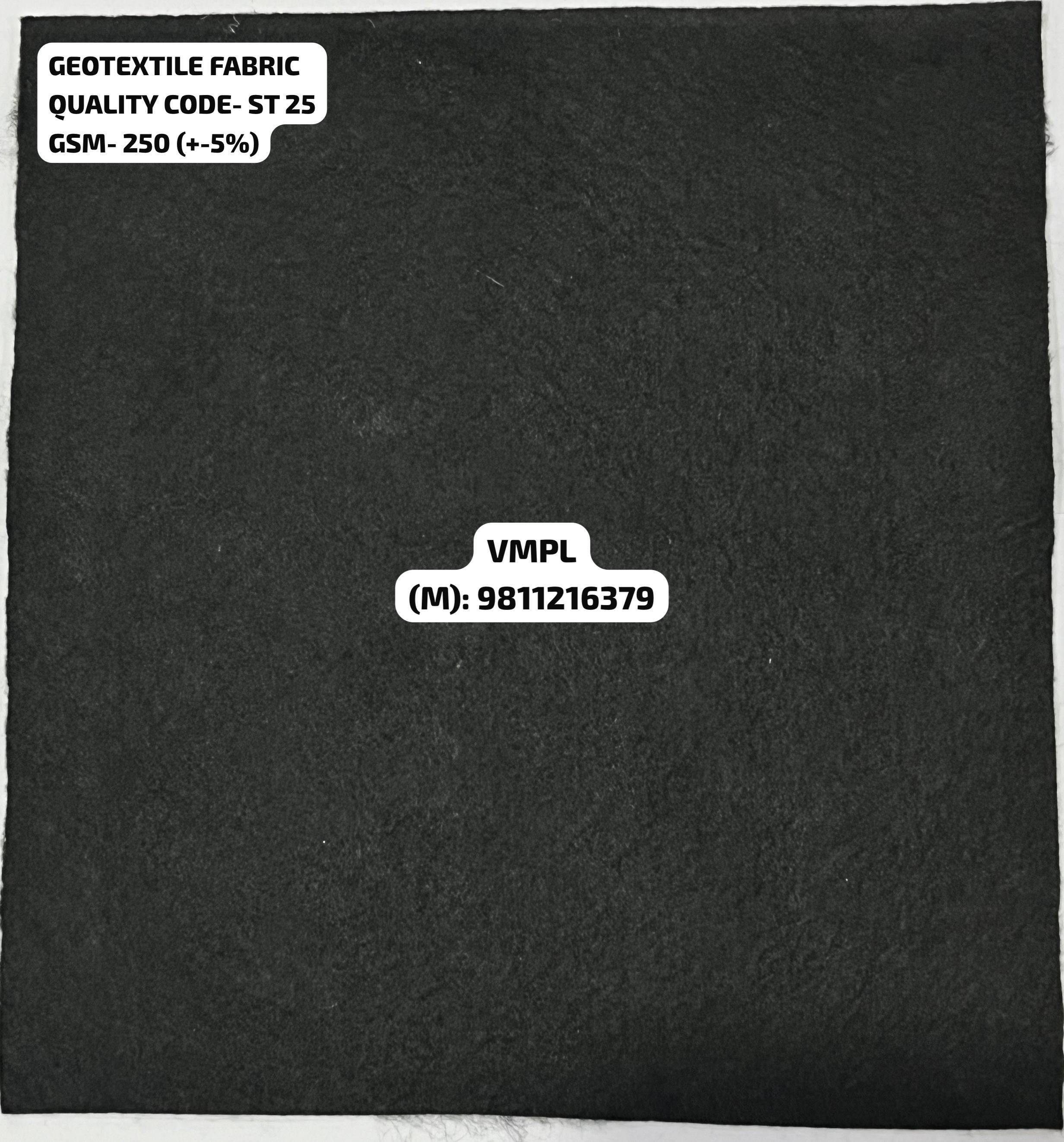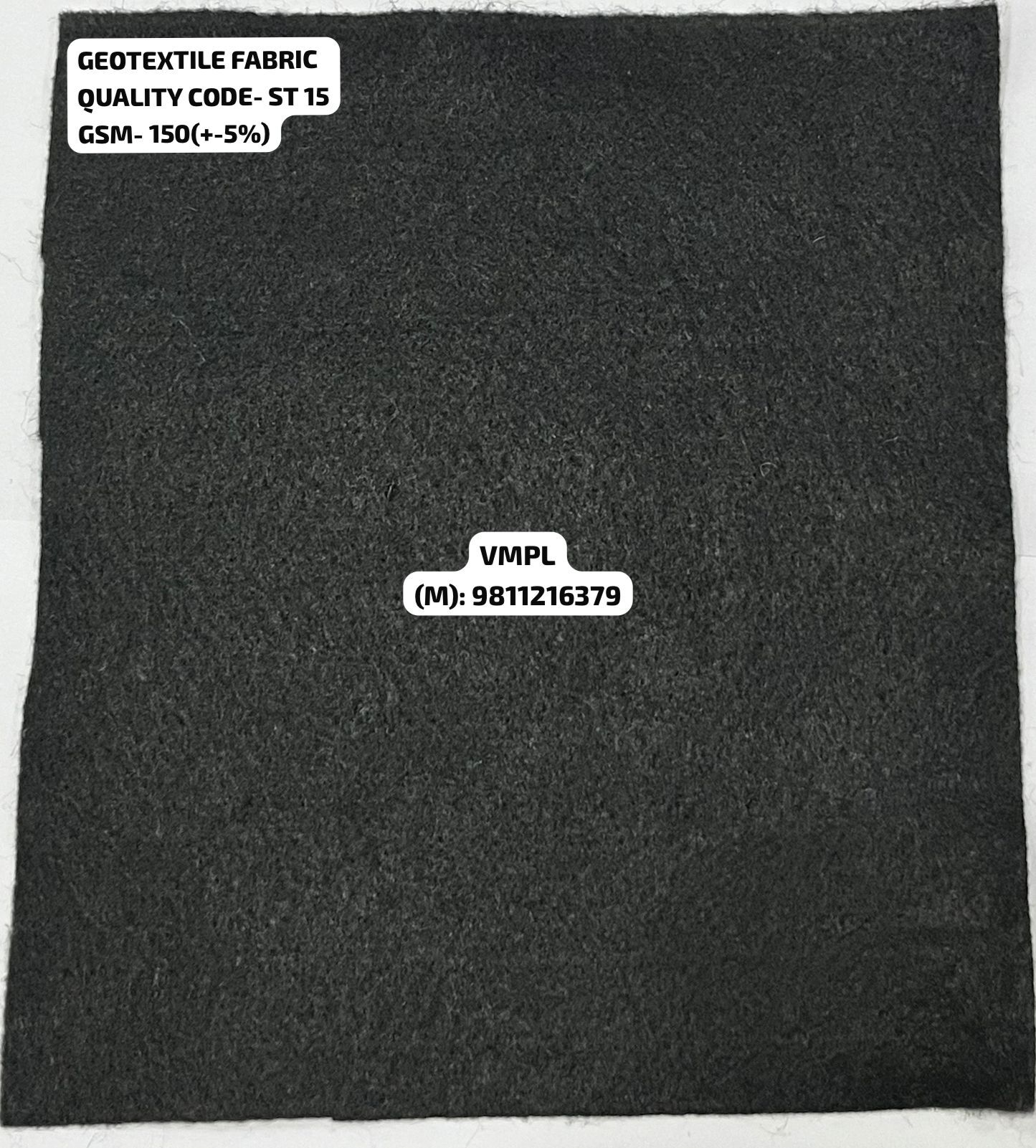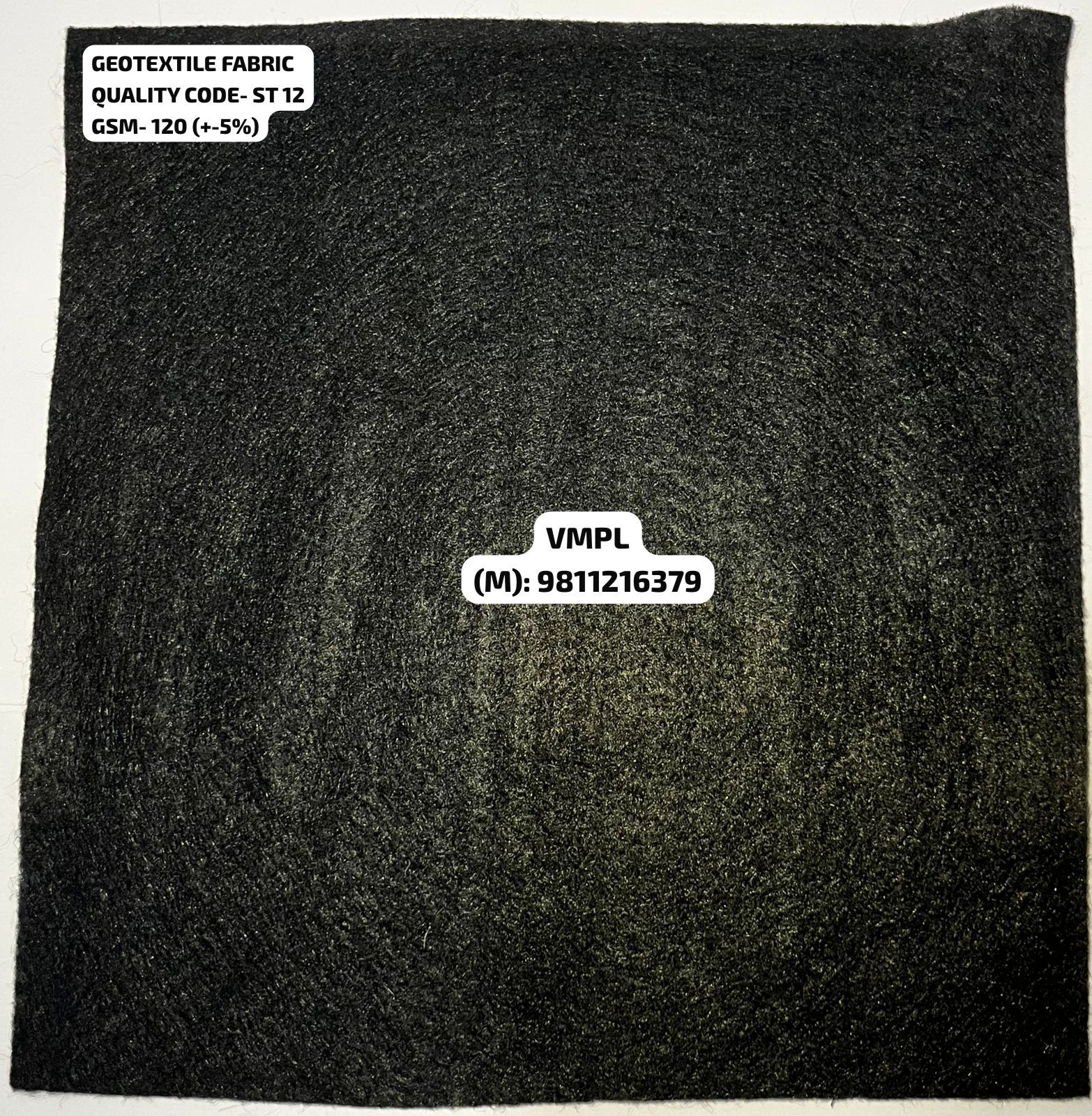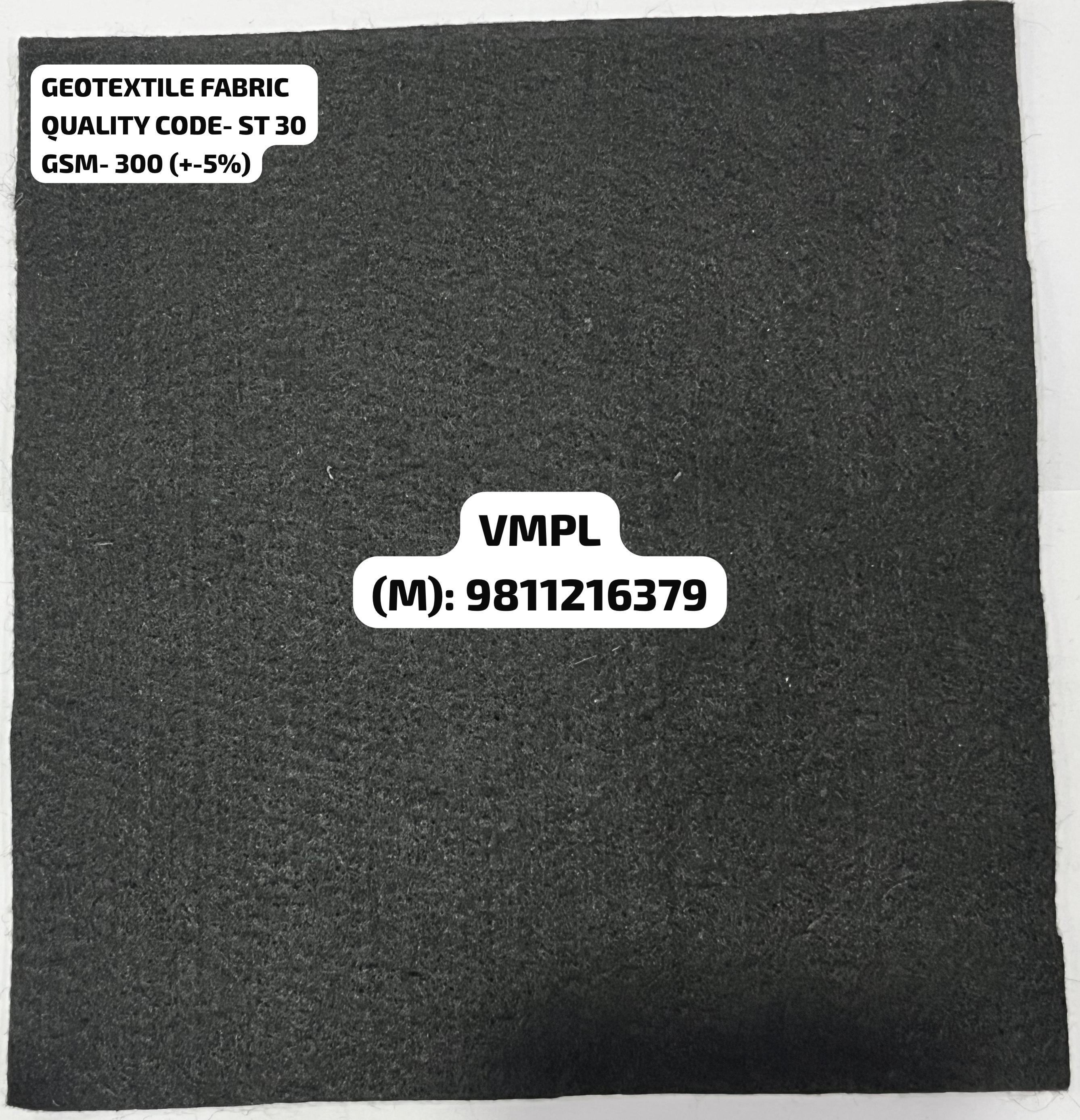Talk to us
07971671193( PIN:967)
Nonwoven geotextile fabrics are versatile and can be tailored to specific needs depending on their construction and application.







Price:
Price 100.00 INR / Roll
Minimum Order Quantity : 1 Square Meter
Pattern : Non Woven Needle punch
Width : 1.47mtr Meter (m)
Length : 50 Meter (m)
Texture : Plain
Price 1.00 INR / Meter
Minimum Order Quantity : 10 Rolls
Pattern : Plain
Width : 2.1MTR Meter (m)
Length : 200 Meter (m)
Texture : Non Woven
Minimum Order Quantity : 10 Rolls
Pattern : Plain
Width : 2.1MTR Meter (m)
Length : 200 Meter (m)
Texture : Non Woven